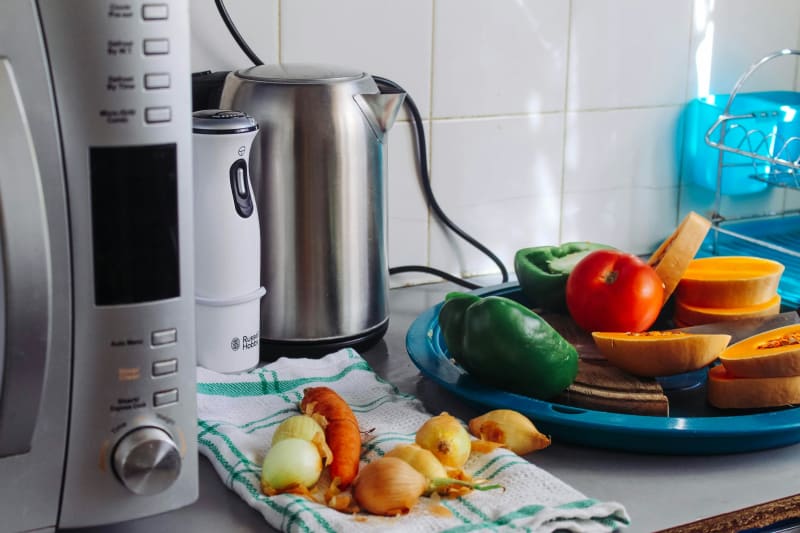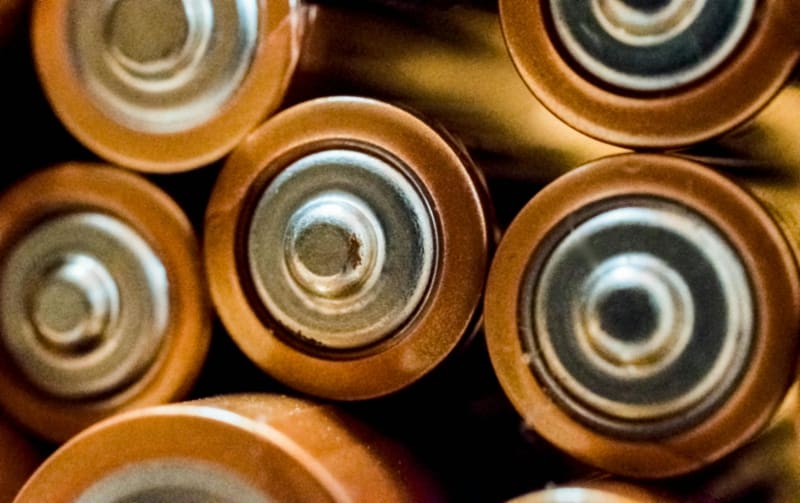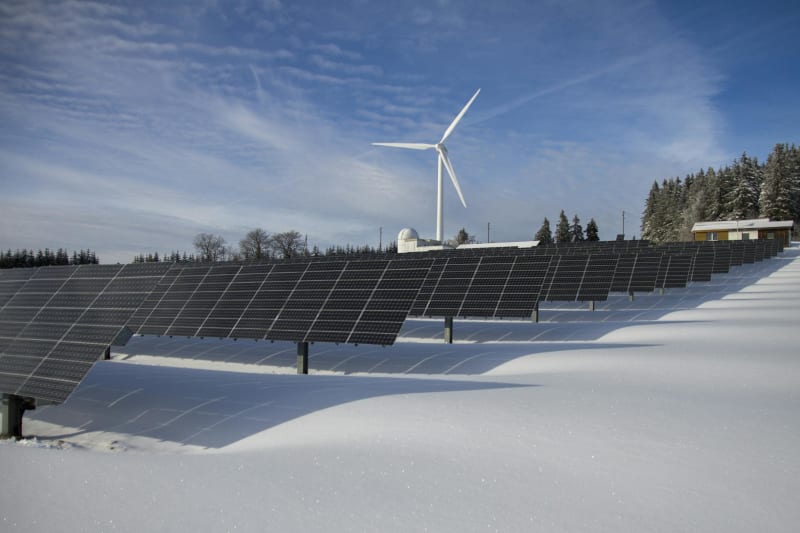
Just as important as energy generation is how you consume that energy. You’ll want to invest in appliances designed for low energy consumption, such as those certified with Energy Star ratings. While these appliances might come with a higher initial price tag, the savings on your power bill over time make them worth the investment.
From refrigerators and washing machines to LED lighting, every choice counts. Prioritize efficiency by comparing the energy ratings of different models.
Even small changes, like switching to energy-efficient lighting or employing a clothesline instead of a dryer, can lead to noticeable energy savings.

Selecting the right energy storage system is crucial for maintaining a steady power supply. Batteries are the most common storage solution for off-grid setups.
You’ll want to choose a battery based on capacity, durability, and cycle life. For example, lithium-ion batteries have become popular due to their long lifespan and high efficiency.
Also, consider how you plan to use the stored energy. If your usage is consistent and predictable, smaller batteries paired with a generator might suffice. However, for larger or fluctuating demands, investing in a sizable battery bank is wise.

Another effective strategy is to schedule your energy usage during peak production times. For example, performing energy-intensive tasks like laundry or cooking during the middle of the day when solar output is at its highest can make a big difference. Using timers and smart devices can help you manage when appliances are active.
Figure out your daily power needs and align them with energy generation peaks to minimize battery drain. Incorporating smart meters and monitors can offer insights into your usage patterns, helping you make informed decisions.
This kind of scheduling not only optimizes power consumption but also extends the life of your energy storage system, giving you more flexibility and reliability in your off-grid living setup.

Proper insulation in your home or cabin reduces the need for heating in winter and cooling in summer, which can save a significant amount of energy. Pay close attention to windows, doors, and roofs as these are common areas for heat loss.
Using materials like spray foam, fiberglass, or even natural wool can greatly enhance the insulation capabilities of your spaces. Weather stripping for doors and windows can add an extra layer of protection against drafts.
With these improvements you’ll experience more consistent indoor temperatures and a reduced reliance on energy-intensive heating and cooling systems.

Solar panels are a great source of off-grid energy, but the effectiveness of your solar panels largely depends on their placement. To harness maximum energy, you should place your solar panels where they'll get the most sunlight throughout the day.
This means avoiding shadows from nearby trees, buildings, or other structures. Ideally, panels should face true south if you're in the northern hemisphere, at an angle about equal to your latitude.
After initial placement, monitor the system's output over several weeks. You might notice improvements from small adjustments, such as tweaking the angle slightly as the seasons change.
Regular maintenance, like cleaning panels to remove dust or bird droppings, can also significantly boost efficiency.

 Choose Energy-Efficient Appliances
Choose Energy-Efficient Appliances Choose the Right Energy Storage Solutions
Choose the Right Energy Storage Solutions Implement Energy-Usage Scheduling
Implement Energy-Usage Scheduling Insulate Your Living Space
Insulate Your Living Space Optimize Solar Panel Placement
Optimize Solar Panel Placement